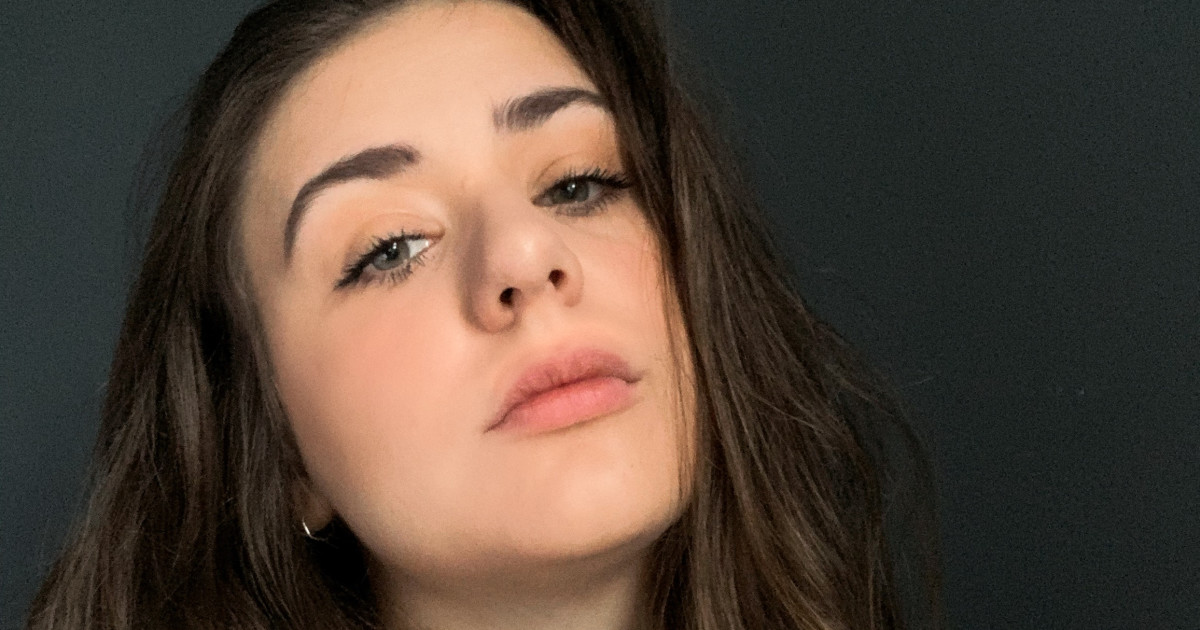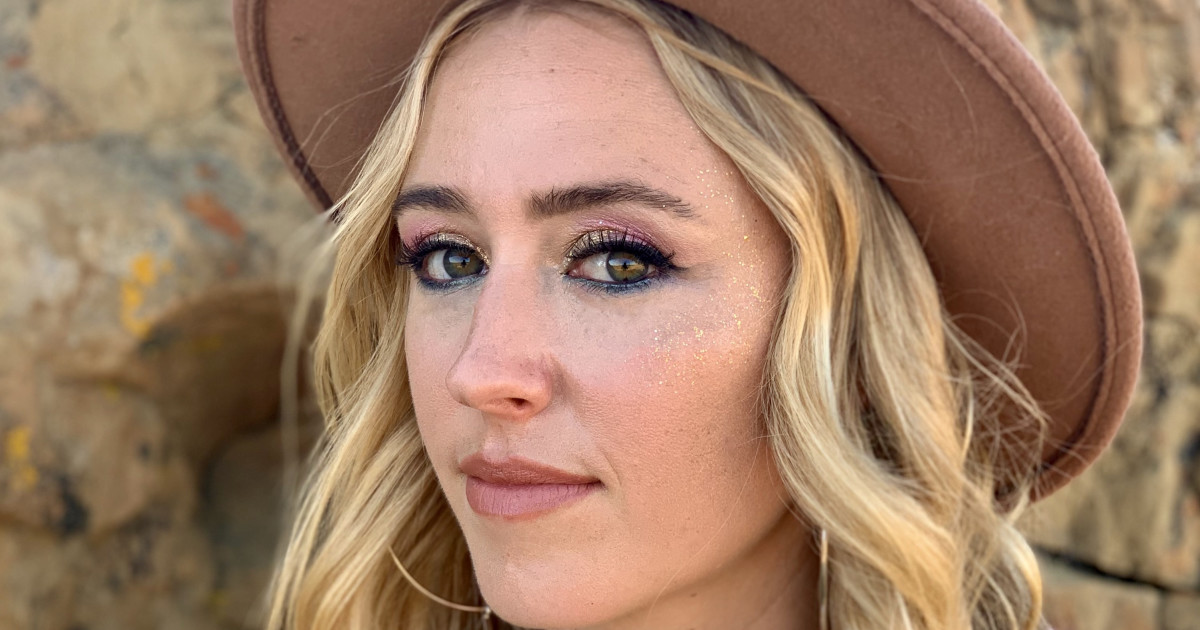
10 Tips for a Great Sounding Podcast
- Find a quiet room with plenty of space around you for recording. I can’t tell you how many times it’s happened. I’ll...
- Experiment with indirect microphone placement. Plosives —the burst of air that exits the mouth when we make “P” and...
- Be conservative with your input levels. Most audio interfaces, recorders, or USB...
What is mastering dialogue for podcasts?
Mastering dialogue for podcasts is the process of preparing your dialogue for digital distribution via various streaming services. How you master dialogue for podcasts depends on the streaming service to which you’re distributing, and the volume of the mastered dialogue will range from -20 LUFS to -16 LUFS.
What is the best audio signal level for podcasting?
Generally, a peak level of -1.0 dB is good for podcasts and will ensure that your audio sounds good even when it’s converted to a lossy format like MP3 or AAC. RMS level approximates an average level of your signal.
Do you need good sound quality to launch a podcast?
However, as necessary as quality audio is to podcasting, you must keep other considerations in mind. Keep the following tips to employ when trying to launch a successful podcast—successful, at least, when it comes to sound quality and consistent deliverables. . If playback doesn't begin shortly, try restarting your device.
What does it take to produce a podcast?
Other than scripting and recording, podcast production entails editing, mixing, and quality check. QC is the final step, where you check your work; it should take, at the very least, as long as it takes to listen to the podcast.

How do I make my podcast sound quality?
10 Ways To Improve Podcast Sound QualityChoose The Recording Environment. ... Record In A Closet Or A Small Space. ... Switch To A Condenser Mic. ... Use A Windscreen Or Pop Filter. ... Set Up With A Mic Stand. ... Set Up The Mic At A Distance. ... Get Soundproofing Equipment. ... Practice Your Plosives And Sibilance.More items...•
What dB should my master be for podcast?
Generally, a peak level of -1.0 dB is good for podcasts, as this level will ensure your audio sounds good when it's converted to a lossy format like MP3 or AAC.
Should I normalize podcast audio?
In short, no, you should not normalize your dialogue when mixing or mastering a recording for your podcast. Normalizing your audio will, more likely than not, have a negative effect on the quality of your recording, and may make your dialogue far too loud for listeners.
How do you EQ a podcast voice?
0:4213:06EQ and Compression for Podcast Vocals (Podcast Vocal Mixing)YouTubeStart of suggested clipEnd of suggested clipNeed some eq and some compression to some extent okay so we've got a vocal recording from theMoreNeed some eq and some compression to some extent okay so we've got a vocal recording from the recruit mentors podcast. Here it sounds good i'm going to hit play in a second.
What LUFS should a podcast be at?
What is the Podcast Loudness Standard? The standard loudness for podcasts is -16 LUFS, but it's okay if your podcast is anywhere between -14 LUFS and -18 LUFS as each podcast listening app has its own preferences.
How many DB is LUFS?
roughly 1 DBDecibels and LUFS both measure sound, so how do you know which measurement to use? On paper, LUFS and decibels seem to be the same phenomenon. After all, both decibels and LUFS are more or less equal as 1 LUF is roughly 1 DB. Both are used to characterize volume.
What dB should I normalize to?
So you can use normalization to reduce your loudest peak by setting the target to just under -3 dB, like say -2.99 dB.
Should I normalize audio before mastering?
Normalizing audio should be avoided on the master track or during the pre-master or master bounce down to avoid intersample peaking.
How do you mix and master a podcast?
7:4012:42Professional Podcast Audio: How To Mix/Process Your Vocals - YouTubeYouTubeStart of suggested clipEnd of suggested clipAnd you could either put the limiter on your master bus or on this track if it's only going to beMoreAnd you could either put the limiter on your master bus or on this track if it's only going to be one track i will just go ahead and put it on my master.
What EQ is best for podcasts?
EQ for podcastBelow 80 Hz is of little use to podcasters. ... 80-120 Hz is where we get the full, rich timbre of voices. ... 200-240 Hz is where we start to get some boominess in voices. ... 300 Hz-1 kHz is where we'll hear the most reflections of our voice from the room. ... 2-3 kHz is the area that adds clarity to our voice.More items...•
What is a good EQ setting for vocals?
Best EQ Settings for VocalsRoll off the low-end starting around 90 Hz.Reduce the mud around 250 Hz.Add a high shelf around 9 kHz & a high roll off around 18 kHz.Add a presence boost around 5 kHz.Boost the core around 1 kHz to 2 kHz.Reduce sibilance around 5 kHz to 8 kHz.
How do I make my podcast sound like NPR?
2:123:39Student Podcast Challenge Guide To Sound | NPR - YouTubeYouTubeStart of suggested clipEnd of suggested clipSo you have to build a buffer between your voice and any hard surface. You can do this by putting aMoreSo you have to build a buffer between your voice and any hard surface. You can do this by putting a coat over your head. Putting a rug under your feet or finding a carpeted.
What should my dB levels be when recording?
What dB should vocals be recorded at? You should record vocals at an average of -18dB for 24-bit resolution. The loudest parts of the recording should peak at -10dB and be lowest at -24dB. This is to keep an even balance on the level of the vocals without distortion.
What are LUFS in audio?
LUFS stands for Loudness Units relative to Full Scale. It's a standardized measurement of audio loudness that factors human perception and electrical signal intensity together. LUFS are used to set targets for audio normalization in broadcast systems for cinema, TV, radio and music streaming.
How to enhance a podcast?
What can we do to your podcast to enhance it? 1 Podcast editing involve removing gaps, mistakes, unwanted sounds, words or parts, edit out of um's, ah's, silences, stumbles, coughs. Editing of a podcast usually takes 2-3 times more than the full length of the podcast itself. 2 Podcast mixing contains arrangement (add music, intro, outro), mixing the voices of the participants (interviewee, interviewer), applying EQ, compression, gates, etc. Arranging and mixing a podcast usually takes the full length of the podcast in time. 3 Usually we start the Podcast mastering process with a thorough, critical listening, and evaluate what we heard.#N#The next step is to apply equalization and dynamic process in order to optimize sound translation on all playback systems.#N#We can't say more about it, because the whole process is top secret :)
What is audio mastering?
Audio mastering is a form of audio post-production. The recorded audio is processed to make it more understandable and to boost its quality. We deal with podcast editing also, but please note that is not the part of the podcast mastering process. Get free quote.
What is podcast mixing?
Podcast mixing contains arrangement (add music, intro, outro), mixing the voices of the participants (interviewee, interviewer), applying EQ, compression, gates, etc. Arranging and mixing a podcast usually takes the full length of the podcast in time.
Characteristics of unmastered podcasts
When compared with other podcasts, an unmastered one may seem much quieter and the user’s volume has to be set louder than normal.
Characteristics of mastered podcasts
Audio level sounds normal and comparable to other content and podcasts.
Why is mastering important?
If you’re still not convinced that mastering is important, here are some things to consider:
20 Best Mastering Podcasts of 2021
Are you wanting to learn more about mastering ? Well you’ve come to the right place. This is a curated list of the best mastering podcasts of 2021.
Best Mastering Podcasts 2021
With thanks to ListenNotes, Crunchbase, SemRush and Ahrefs for providing the data to create and rank these podcasts.
How does de-essing affect your voice?
Many people’s voices exhibit an unpleasant sibilant sound when speaking into a microphone. A subtle de-essing can make your voice easier to listen to for a long period of time.
What is a plosive sound?
Plosives, the burst of air that exits the mouth when we make “P” and “B” sounds, are like giant gusts of wind to a microphone. To help mitigate these, avoid talking directly into the front of the microphone and use a windscreen or pop filter when possible.
Why do voiceovers stand?
Stand and deliver. Many broadcasters and voiceover artists stand when recording to help provide better air support and a strong, confident read. This can also help mitigate early reflections caused by a desk. If you do need something to hold your script, a music stand works well.
What is this American life podcast?
This podcast, an offshoot of the hugely successful (and great-sounding) This American Life, has garnered record-breaking listenership in its first season. Its cinematic storytelling and engaging content combine with careful production, editing, and mixing with the help of composer and engineer Mark Henry Phillips. Employing skills from forensic audio restoration to composition and sound design, he helped ensure every element of the story is able to be heard by listeners, and reinforced with underscoring and sonic painting that brings extra dimension to the story.
Where are the podcasts from?
Notice the natural dynamics and balance among the voices of hosts Bob Boilen, Robin Hilton, and their guests. Originating from NPR’s studios in Washington, D.C., they have the advantage of carefully designed and well-appropriated studios as well as a staff of top-shelf engineers who help engineer their live music recordings and broadcasts from venues all over the world. TechHive author Mark Sullivan gives some good tips for podcasters on equipment you might look at for capturing that “NPR Sound” at home.
Can you make your podcast louder?
After compressing these louder sounds, you can turn up the overall sound of your voice, making everything seem louder overall. This can be helpful when people are listening to your podcast in noisy situations like a subway, car, or bus. This is another effect that shouldn’t be used to extremes.
Who is Tom Henschel?
Executive coach Tom Henschel and his company Essential Communications just celebrated their tenth year publishing this free podcast of executive coaching tips. In addition to over 30 years of coaching experience, Henschel is a Juilliard-trained actor.
